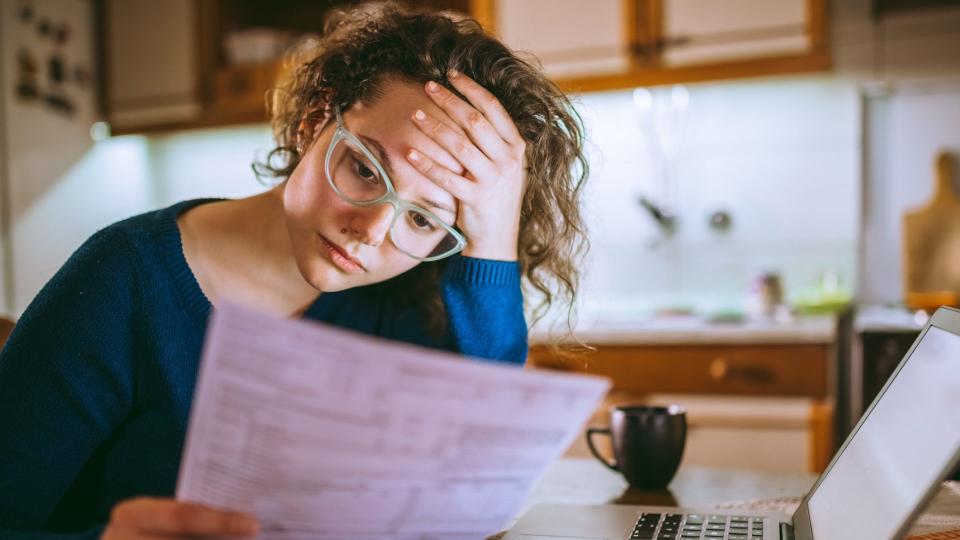President Joe Biden’s plans to forgive federal student loan debt at a mass level has run into mass resistance from both lawmakers and legal authorities, but that hasn’t stopped him from continuing to pursue debt relief options. Last month, his administration said it will eliminate about $1.2 billion in debt for more than 150,000 borrowers who are enrolled in the Saving on a Valuable Education Plan.
Be Aware: 4 Debts That Are Not Discharged in Bankruptcy
For You: 6 Unusual Ways To Make Extra Money (That Actually Work)
That and other moves come after a much more ambitious plan to cancel up to $20,000 in debt per borrower was struck down by the Supreme Court last summer. As it stands, Biden has now canceled about $138 billion for 3.9 million borrowers since taking office.
You can expect the U.S. Department of Education to keep looking into student loan forgiveness options in 2024 — especially since it’s an election year, and Biden has made student loan forgiveness a top priority.
“From day one of my Administration, I vowed to fix student loan programs so higher education can be a ticket to the middle class — not a barrier to opportunity,” Biden reportedly wrote in February email to SAVE borrowers, announcing the latest round of debt relief.
SAVE is an income-driven repayment program that aims to eliminate monthly payments for low-income borrowers, save other borrowers about $1,000 per year on payments and ensure borrowers don’t see their balances grow from unpaid interest.
Another initiative to keep an eye on in 2024 is the Income-Driven Repayment Account Adjustment, previously known as the IDR waiver. It’s a temporary adjustment that allows eligible loan borrowers to use past periods of repayment (and even some periods of deferment and forbearance) toward their 20-year and 25-year IDR loan forgiveness terms and their Public Service Loan Forgiveness programs.
The recount has already been automatically adjusted for many federal loan borrowers. However, if you have a loan not administered by the Education Department — such as a Federal Family Education Loan (FFEL), Perkins Loan or Health Education Assistance Loan (HEAL) — you will need to consolidate your loan via a federal direct loan. The deadline to do this is April 30.
The Education Department also has approved nearly $12 billion in loan forgiveness for medically disabled borrowers under the Total and Permanent Disability discharge program, Forbes reported. The department recently launched a new TPD application that includes relaxed eligibility rules and expanded access, allowing more than 500,000 borrowers to qualify for discharge.
Here are some other debt relief developments to keep an eye on in 2024:
A “Plan B” program announced shortly after last summer’s Supreme Court decision could be released later this year. According to a Feb. 15 press release from the Education Department, the proposal outlines a set of factors that could be used to identify hardship that might make borrowers eligible for relief. These factors include a borrower’s total student loan balance and required payments relative to household income, and whether the borrower has high-cost burdens for essential expenses like healthcare or childcare. The Biden administration is expected to release final draft regulations in May, Forbes reported. The program could go live later in 2024, although it might not be available to borrowers until next year.
A new option that will allow some borrowers to “buy back” certain deferment and forbearance periods to count toward Public Service Loan Forgiveness. Although the PSLF Buyback Program has yet to be widely adopted, the new option aims to provide an alternative method of student loan forgiveness for PSLF borrowers. Last year the Biden administration implemented new rules that make it easier for PSLF program applications to qualify for full student loan balance discharge — including AmeriCorps forbearances, military-related deferments, hardship deferments and mandatory administrative forbearances.
As Forbes reported, a pair of temporary federal student loan relief initiatives should continue to benefit borrowers through most of 2024. One is the Fresh Start program, which gives borrowers in default on their federal student loans a way to restore good standing. This might be necessary to qualify for student loan forgiveness programs such as PSLF or the IDR Account Adjustment. The other is an “on-ramp” transition period designed to protect borrowers from adverse credit consequences and default if they miss a payment after the payment pause ends. Fresh Start and the on-ramp program are both set to end in September 2024.
More From GOBankingRates
This article originally appeared on GOBankingRates.com: Will There Be More Student Loan Forgiveness in 2024?
Credit: Source link




